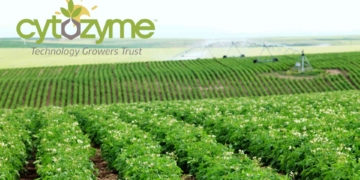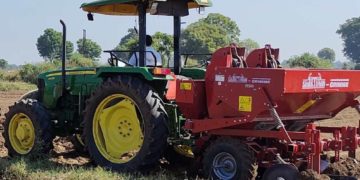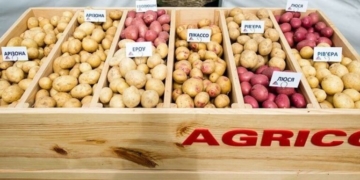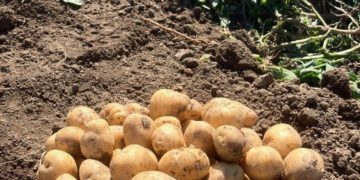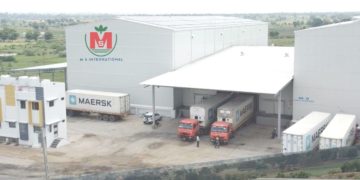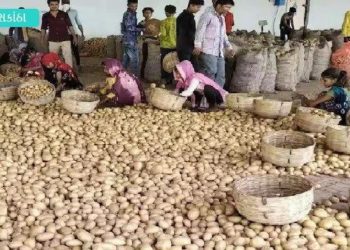How Kashmir’s Remote Farmers Safeguard Their Harvest and Heritage
As winter descends upon the picturesque Gurez Valley in North Kashmir’s Bandipora district, local farmers are reviving an age-old tradition that has sustained their community for generations. This centuries-old technique of burying freshly harvested potatoes deep beneath the earth is not just a farming practice, but an example to the resilience and ingenuity of the valley’s inhabitants.
Situated at an impressive altitude of approximately 8,000 feet, Gurez Valley is renowned for its annual production of around 15,000 tonnes of potatoes. The valley’s unique climate and fertile soil create ideal conditions for potato cultivation, despite the challenges posed by extreme winter weather.
Ghulam Mohammad, a local farmer, explains the significance of this traditional method: “Our ancestors taught us this technique. By burying potatoes beneath the frozen ground, we keep them fresh for months. It’s more than farming—it’s preserving our heritage.”
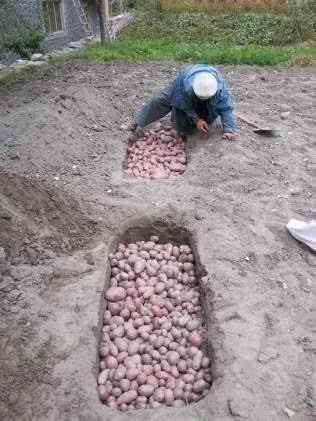
This sentiment is echoed by Jameela Begum, another farmer in the region, who emphasizes, “Every potato we store represents our hard work. It’s a piece of our history, and we rely on this technique to sustain us through the toughest times.”
The importance of this preservation method cannot be overstated, especially considering that Gurez Valley remains cut off from the rest of Kashmir for nearly six months each year due to heavy snowfall. During these months, the buried potatoes become a crucial food source for the valley’s residents.
The potential of Gurez’s potato farming industry has not gone unnoticed. In 2023, global food giant PepsiCo announced plans to purchase potatoes from the valley’s farmers, bringing international attention to this remote region and its agricultural practices.
Tulail village, one of the most scenic areas in Gurez, is at the heart of this potato farming venture. Nearly every household in the village relies on potato cultivation for their livelihood, underlining the crop’s importance to the local economy.
The opening of Gurez to tourism in 2015 has further spotlighted the valley’s thriving agricultural practices. While visitors are primarily drawn to the region’s natural beauty, many also discover and appreciate the unique farming techniques employed by local communities.
This ancient practice of potato preservation, blending tradition with necessity, continues to sustain the people of Gurez as they face the challenges of their remote and rugged environment. It serves as a powerful reminder of the importance of preserving traditional agricultural knowledge in an ever-changing world.
For agronomists, plant protection specialists, and food industry professionals, the Gurez Valley’s potato preservation technique offers valuable insights into sustainable, low-tech storage solutions. It demonstrates how traditional methods can effectively address modern challenges in food security and crop preservation, especially in regions with extreme climates.
As climate change continues to impact agricultural practices worldwide, the wisdom embedded in such time-honored techniques may prove invaluable. The story of Gurez Valley’s potato farmers is not just about survival; it’s about the enduring power of traditional knowledge in ensuring food security and preserving cultural heritage.

